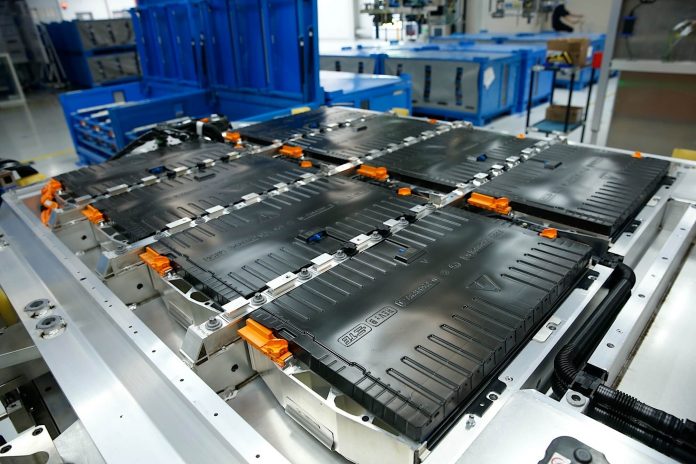Fluctuating supply and demand within China’s lithium-ion battery industrial chain has attracted widespread attention recently. Production capacity now far exceeds demand, and some entities in the sector are seemingly pursuing blind expansion and hoarding, Cailian Press reported on December 4.
At a meeting regarding lithium batteries held on November 14, Wang Zidong, the deputy secretary-general of the China Automotive Power Battery Industry Innovation Alliance, pointed out that “the growth rate of new energy vehicles in the domestic market is likely to decline in 2023. The release of new power battery production capacity will definitely lead to excess battery supply.”
As early as March this year, Ouyang Minggao, an academician of the Chinese Academy of Sciences, issued an early warning of battery overcapacity. He said that China’s battery production capacity may reach 3,000 GWh in 2025, when battery shipments will only reach 1,200 GWh.
Battery manufacturers are now stepping up their preparations for the capacity competition. Since the beginning of this year, CATL, BYD, Gotion High-Tech, EVE Energy, Sunwoda and Farasis Energy have announced several expansion plans. According to incomplete statistics, at least 75 investment plans have been announced in the field this year, with a total investment amount exceeding one trillion yuan ($143 billion).
According to Zheshang Securities, by 2025, the planned production capacity of major lithium battery manufacturers in the world will reach 4335GWh, including CATL’s 900GWh, BYD’s 290GWh, CALB’s 360GWh, EVE Energy’s 311GWh, SVOLT’s 376GWh, and Gotion High-Tech’s 187GWh.
However, according to data disclosed by Deloitte, by 2025, the demand for batteries in China will be only 360GWh. In addition, according to data released by the China Passenger Car Association, in October, the cumulative sales volume of NEVs exceeded 550,000 units, down 9.2% from the previous month. The loading capacity of batteries in October was 30.5 GWh, down 3.5% from the previous month.
Some analysts believe that the huge disparity between demand and supply was caused by inferior production capacity and insufficient high-quality production capacity, which brought about a test of technology and the need for cost controls by manufacturers. According to research by Zheshang Securities published on December 1, battery firms are accelerating the breakthrough of 4680 large batteries, sodium-ion batteries, and vanadium batteries.
In addition to technical efforts, global expansion has increasingly become competitive for battery manufacturers. From January to October, the export volume of batteries in China reached 105.3 GWh. Market analysts pointed out that most of the gap between domestic output and loading capacity was used for exports. Wang Zidong also suggested during the recent meeting that battery companies should speed up global expansion and form a relationship with international vehicle companies, which will help solve the overcapacity problem.

